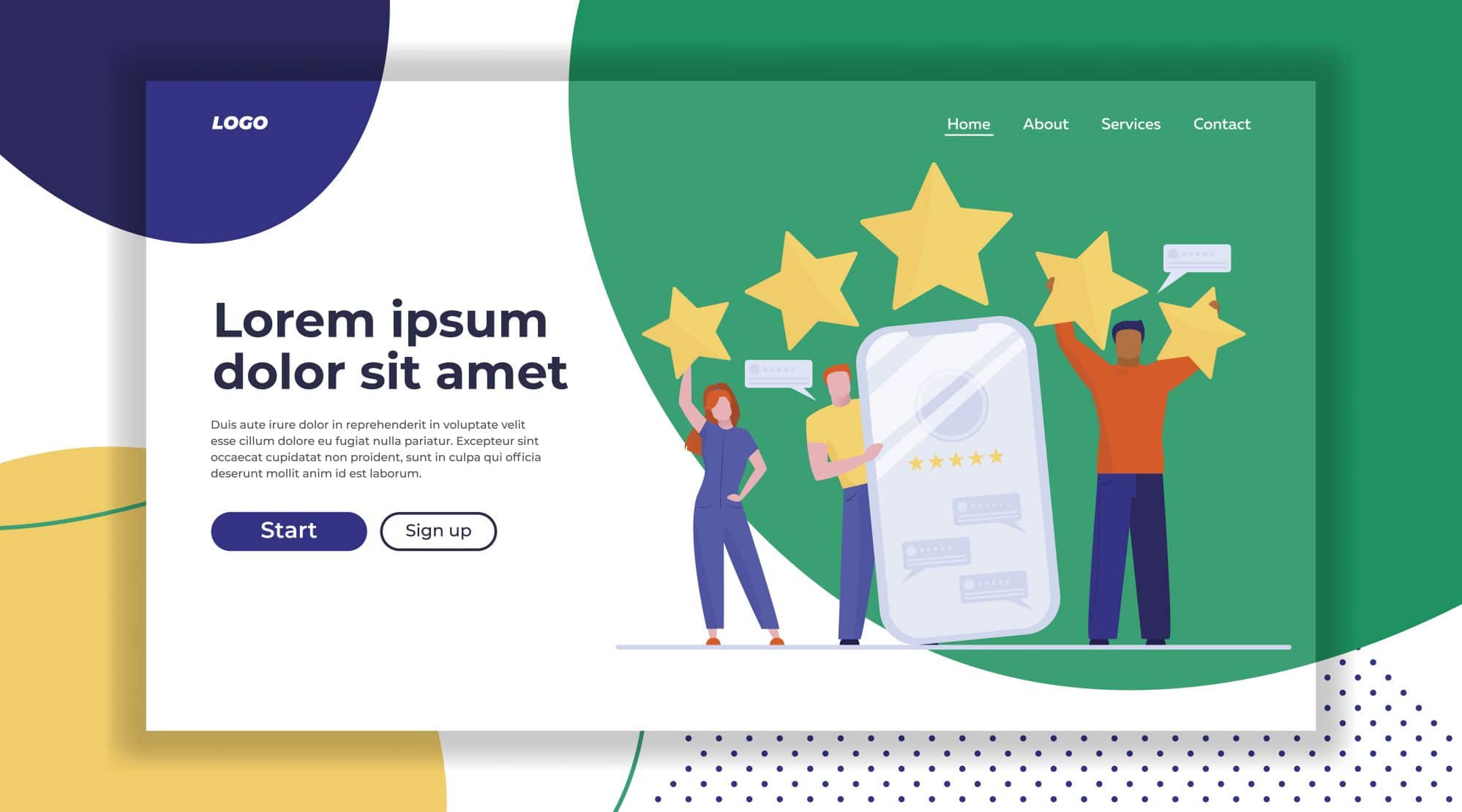Many components contribute to a good website, too many to discuss in one short post. For example, crucial components include providing value to your audience (in whatever capacity), a clear and easy-to-navigate interface, quick loading speeds, an SSL certificate (and general security), a mobile-friendly design, and great content. At first, these components can seem overwhelming. However, with a web and SEO strategy in place, or outside support from a web designer or digital marketing team, these become second nature, allowing you to perform your very best in the search engines, generating more traffic, leads, and eventual sales.
Read more on Yoast.com https://yoast.com/what-makes-a-good-website/




